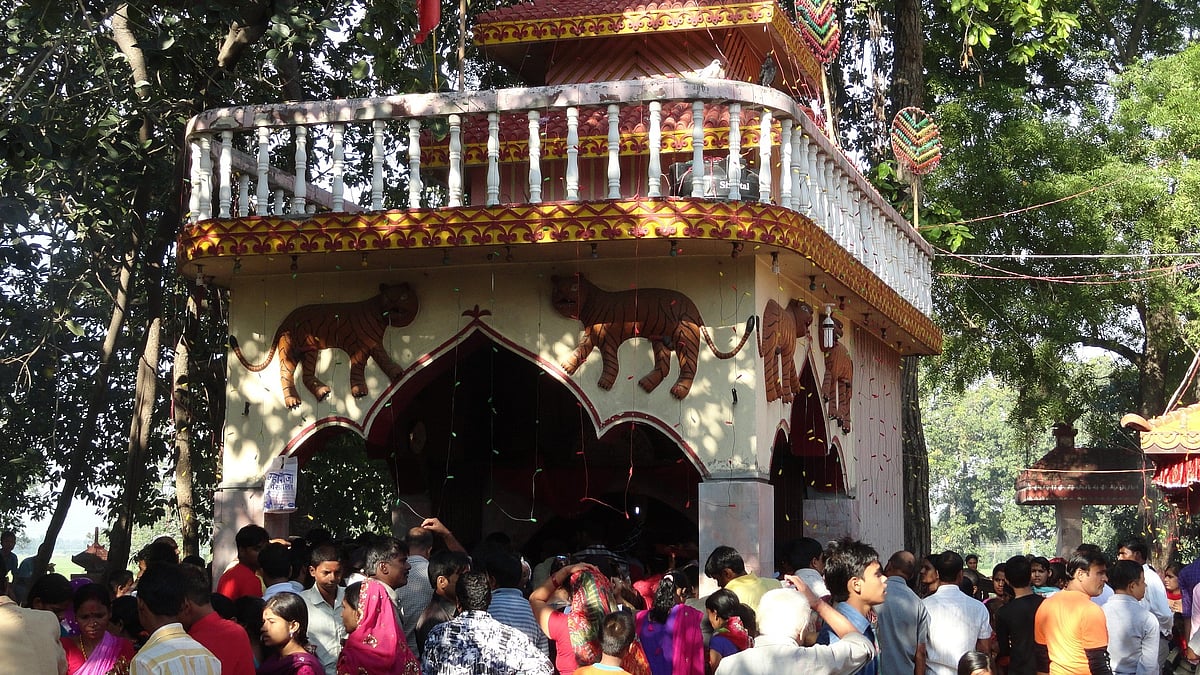Mumbai: To enhance biodiversity, the National Institute of Oceanography (NIO) along with the Mangrove Foundation of Maharashtra has installed artificial reefs at different locations along the seawall of the upcoming coastal road. These structures help in the growth of intertidal organisms. The number of reefs will be increased if they show positive results in the next one year. An artificial reef made of concrete blocks of various shapes has been installed at three places from Haji Ali to Mahalaxmi and one each at Worli and Priyadarshini Park. Each location has between six to ten concrete blocks of different shapes.

Mumbai News: Coastal Road To Be Game-changer for Biodiversity too | FPJ
NIO to carry out further study on installed artificial reefs
“The sites have been selected based on the distance and habitat characteristics such as wave action and exposure, nearby bay, proximity to other low tide areas. The NIO will carry out further study on installed artificial reefs on a monthly basis and report to the Mangrove cell and the BMC. If any marine lives develop here, further efforts will be taken to create a favourable condition for their growth," said a senior civic official.
While giving clearance for the coastal road project, the Ministry of Environment, Forest and Climate Change had set a condition that the BMC would give 2 per cent of the total cost of the project to the Mangrove Cell. Accordingly, the civic authorities have paid Rs175.33 crore. The fund for the pilot project is being acquired from the interest of that amount, said sources.
What is an artificial reef?
It is a human-created underwater structure which generally provides hard surfaces where algae and invertebrates such as barnacles, corals and oysters attach. The accumulation of attached marine life in turn provides intricate structures and food for assemblages of fish.









